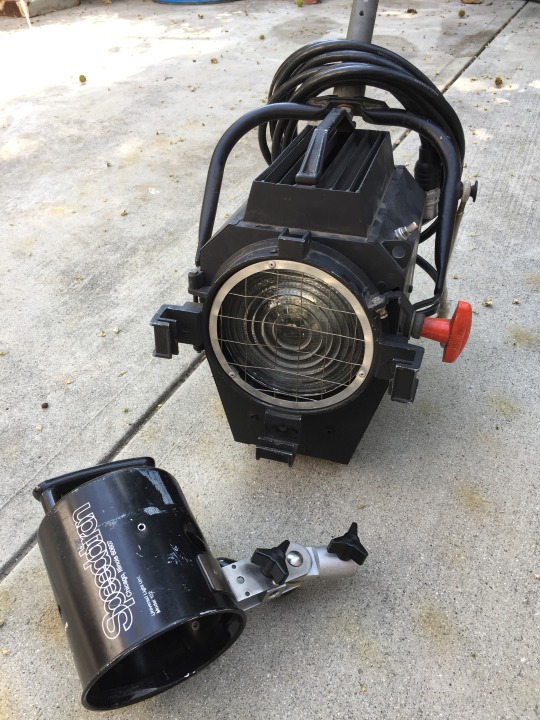#Speedotron strobes
Explore tagged Tumblr posts
Text
Discovering Beauty in Simplicity: How I Used a Basic Lighting Setup to Create Stunning Portraits
As a portrait photographer, I believe that capturing the personality of your subject is just as important as getting the lighting and composition right. That’s why, in a recent photoshoot with my friend Lian, a talented dancer and choreographer in New York, I set out to do just that. I had just purchased a set of Speedotron strobes, but unfortunately, my lighting modifiers had not yet arrived in…

View On WordPress
#bare bulb strobe#capture true self#capturing personality#choreographer#composition#creative portrait photographer#creativity#dancer#essence#ethereal quality#focus#friend#ingenuity#keen eye for detail#lighting#lighting setup#minimal shadows#natural beauty#New York#photoshoot#portrait photographer#reach out#reflector#simplicity#soft light#Speedotron strobes#stunning photographs#subject&039;s personality#treasure portraits#true essence
2 notes
·
View notes
Text
Fresnel Speedotron 102 Strobe
So I’ve been laying off this project build for a long while, and finally got around to building it.


Basically, in short, I gutted the Speedotron 102 head and swapped the gut over to this fresnel body.
Ofcourse I had to resolder all the wiring in order to run the cable into the fresnel body seamlessly. I also had to replace the switch for the modeling light, since the original switch from the used Speedo head I bought second was damaged already.


Barely any room to glide the zoom inside the fresnel housing since I did not anticipate for the length of the Speedo 102 head, but will take note for the next build, plus I just took notice to the Speedo 103 heads, it’s shorter!!!
6 notes
·
View notes
Photo

Running the Old school Black line Speedotron Strobes in my studio while streaming music across the room I ran into one of those 21st century issues. My computer Smart APC thought the strobe pack circuit was a power surge and shut down my computer to protect it. Thus leaving me in silence 😔wondering if I blew up my computer... I changed to a different outlet across the room and this time the music server stayed on... It will be fun running a Plasma cutter 😛 http://ift.tt/2xgN12C
0 notes